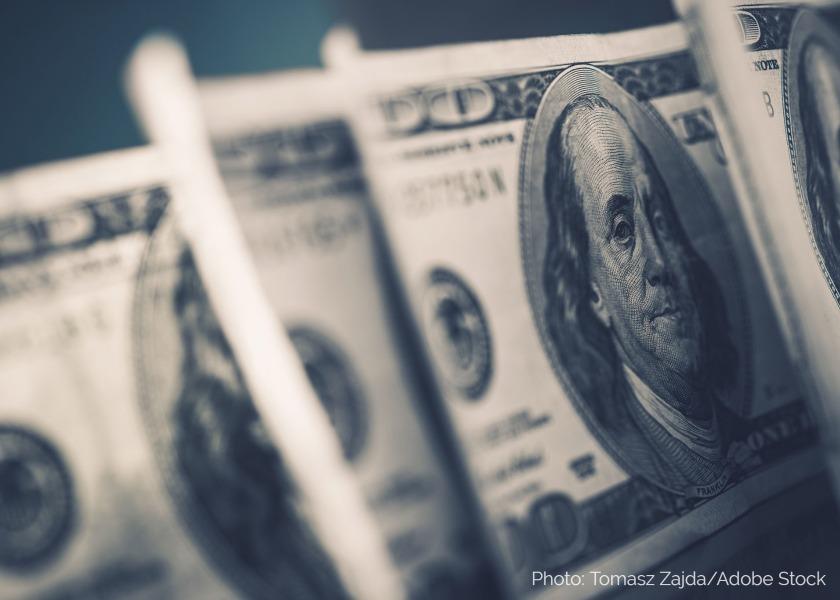U.S. Inflation Continues to Decline, Down from 4% in May

U.S. inflation continues to decline, with the top-line consumer price index (CPI) falling to 3% year-over-year in the previous month, the lowest since March 2021, down from 4% in May. This decrease is mainly due to dropping energy and slowing food prices. Meanwhile, service prices and the core index (which excludes food and energy) remain high, with the core CPI descending to 4.8%.
Shelter costs, including rent, have been the primary contributors to price increases. Despite some areas reporting a decrease in rent prices, high housing costs and rising interest rates continue to make homes less affordable and push rent prices up. Car insurance and healthcare costs are also rising, as providers and insurers pass on increased costs to consumers.
Related story: John Phipps: The Link Between Rising Interest Rates and Inflation Isn't as Simple as You Might Think
On the bright side, real wages have started to grow, with real average hourly earnings increasing 0.2% last month and up by 1.2% over the past year. However, they remain 3.2% lower than in December 2020, contributing to public dissatisfaction with the economic situation despite low unemployment.
With real interest rates positive again and the money supply reduced by 4% over the last year, there are signs of monetary tightening. However, analysts say that by historical standards, these conditions are not exceptionally strict. The market is calling for cautious action from the Fed, guided by its mission to combat inflation, ideally taking advantage of the current stable labor market.
Traders are betting the end of the tightening cycle is near with the odds of a September hike falling. The Fed is still expected to hike in July.
Related story: Egg Prices See Largest Monthly Drop in 72 Years, But Still Aren't Back to Normal
Harvard University economist Jason Furman looks at seven different underlying inflation indexes over three-, six- and 12-month periods, then adjusts them to mimic the price index of personal-consumption expenditures, the basis for the Fed’s 2% target. The median of all those measures had fallen to 2.8% in June from 4% in April.
“I’m nervous about the euphoria” around the June CPI, Furman said, according to the WSJ. That said, he was “pleasantly surprised” at the progress on underlying inflation. He thinks that without a rise in unemployment, inflation will end the year around 3.5%; he expected 4% several months ago. He thinks that is still too high for the Fed: “A full-on soft landing would still require a decent amount of luck.”







